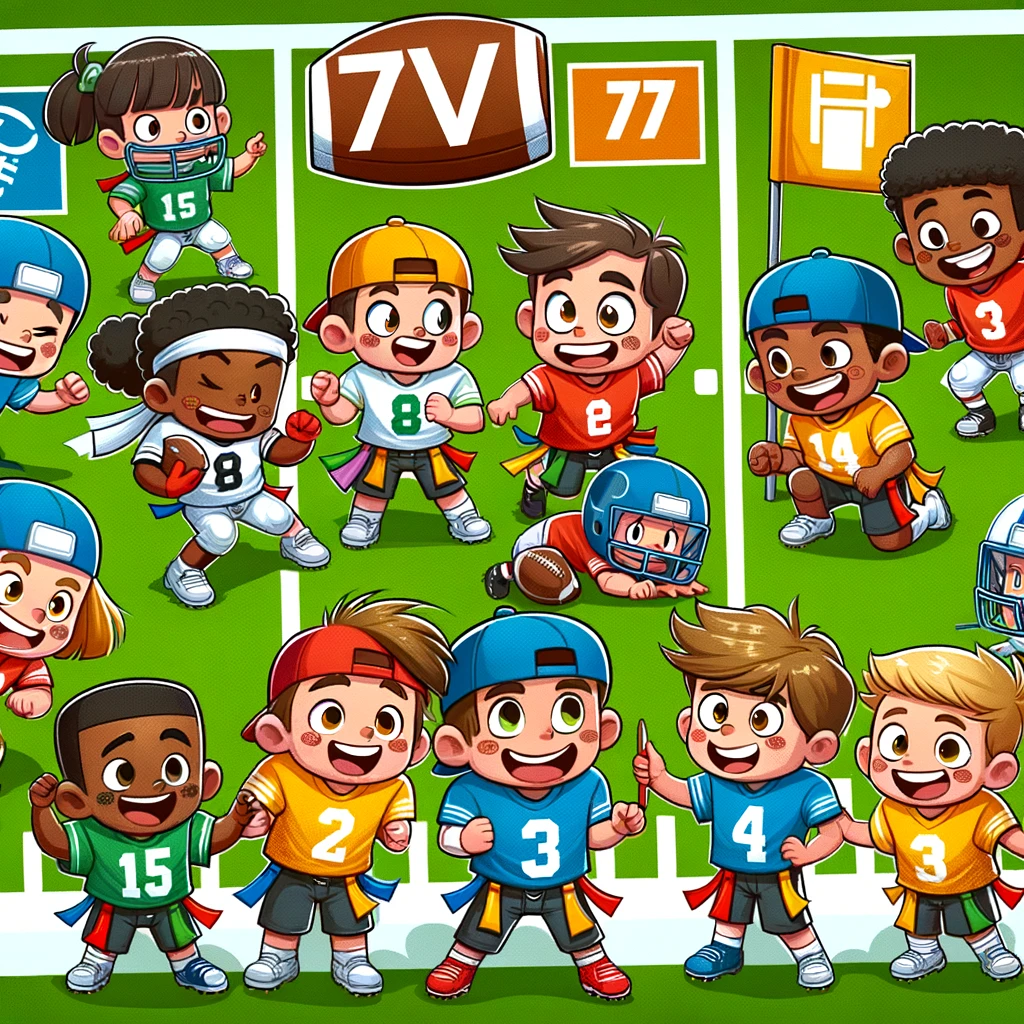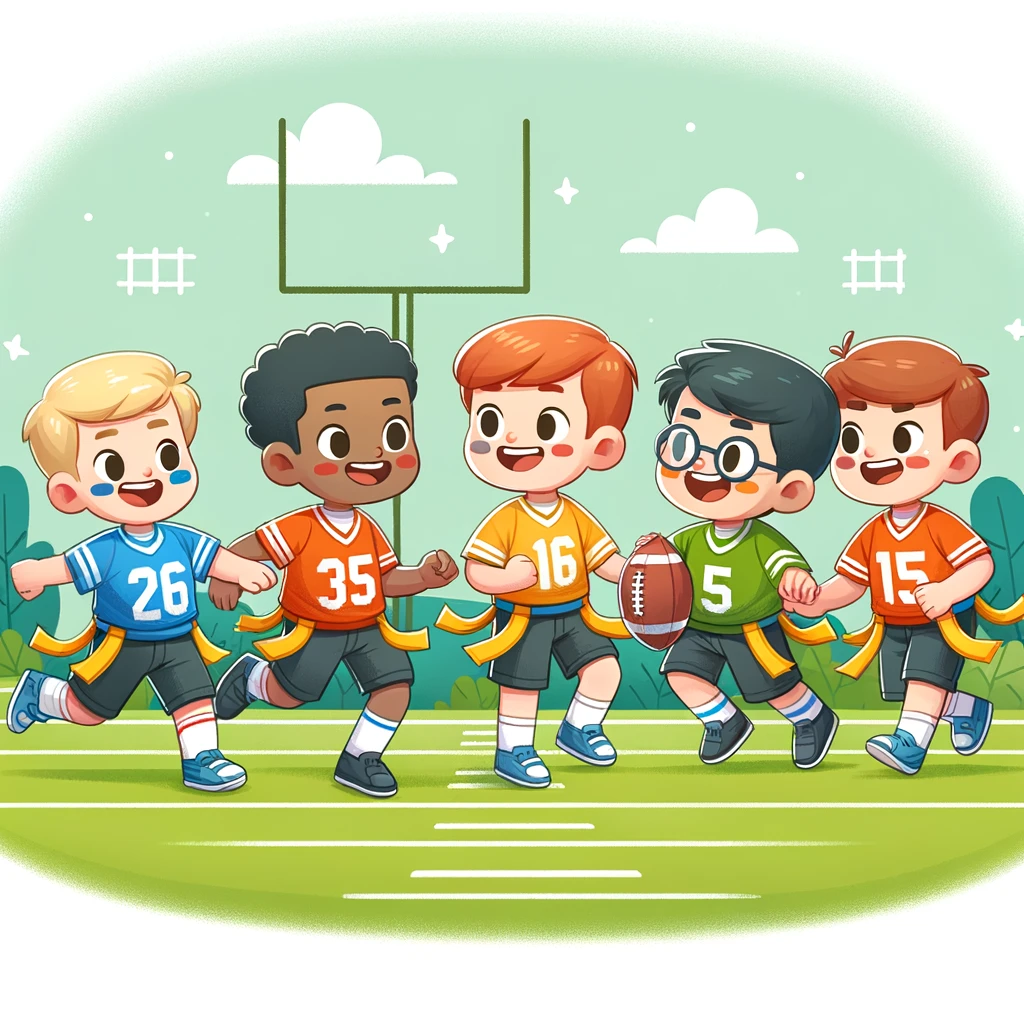Prioritizing Safety: Essential Guidelines for Youth Flag Football

Flag football is an excellent way for young players to develop their football skills, enjoy teamwork, and engage in physical activity. Unlike traditional tackle football, flag football minimizes physical contact, making it a safer alternative. However, safety should still be a top priority for coaches and parents. This blog post outlines fundamental safety measures for youth flag football, ensuring a fun and secure environment for all participants.
1. Proper Equipment is Key
- Mouthguards: Despite the non-contact nature of the sport, mouthguards are essential to protect young players’ teeth and gums.
- Flags and Belts: Ensure that flags are properly attached to belts and are easily detachable to prevent unnecessary tugging or physical contact.
- Footwear: Appropriate sports shoes, preferably cleats, provide better traction and reduce the risk of slipping and injuries.
- Clothing: Comfortable, breathable, and fitting athletic wear is recommended to avoid any hindrance during the game.
2. Emphasize the Importance of Warm-Ups and Cool-Downs
- Encourage players to engage in a routine of warm-up exercises before games and practices. This includes stretching, jogging, or light drills to prepare their muscles.
- Similarly, cool-down exercises post-game help in reducing muscle stiffness and promote recovery.
3. Teach the Rules and Emphasize Sportsmanship
- Understanding the rules of flag football is fundamental. It helps in minimizing the risk of injuries as players are aware of what is allowed and what’s not.
- Emphasize sportsmanship and respect for teammates, opponents, and coaches. This fosters a safer and more enjoyable environment for everyone.
4. Stay Hydrated and Mind the Weather
- Ensure that players stay hydrated, especially on hot days. Regular water breaks should be a part of practice sessions and games.
- Pay attention to weather conditions. In extreme heat, take extra breaks and in cold weather, make sure players are appropriately dressed to avoid hypothermia.
5. Focus on Proper Technique
- Coaches should teach and reinforce the proper techniques for running, catching, and pulling flags. Proper technique not only improves performance but also minimizes injury risk.
6. Be Vigilant About Concussions
- Even in non-contact sports, concussions can happen. Coaches and parents need to be educated about concussion symptoms and the necessary protocol in case a player suffers a head injury.
7. Regular Equipment Checks
- Before each game or practice, ensure that all equipment, including flags, belts, and any other gear, is in good condition and safe for use.
8. Encourage Open Communication
- Players should feel comfortable communicating any pain, discomfort, or injuries they may have. Encourage a culture where health and well-being are prioritized over playing through pain.
9. Age-Appropriate Training and Gameplay
- Training drills and game intensity should be appropriate for the age and skill level of the players. Younger players require more basic skills development and less physical intensity.
10. First Aid and Emergency Procedures
- Always have a first aid kit handy and ensure that at least one coach or staff member is trained in basic first aid and CPR. Know the emergency procedures and have a plan in case of an injury.
Final Thoughts
By following these basic safety guidelines, parents and coaches can create a positive and secure environment for youth flag football. The emphasis should always be on the health, safety, and enjoyment of the young athletes. Remember, the ultimate goal is to foster a love for the game while keeping everyone safe and healthy.


